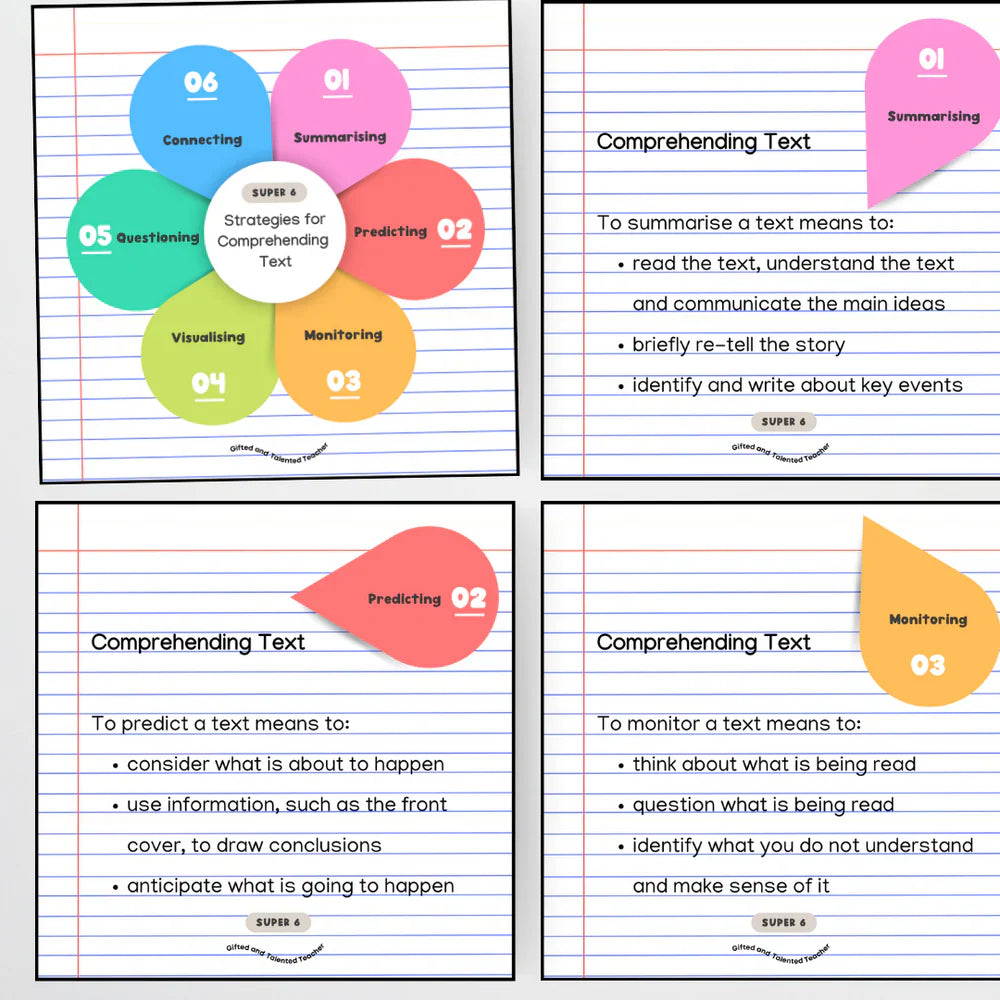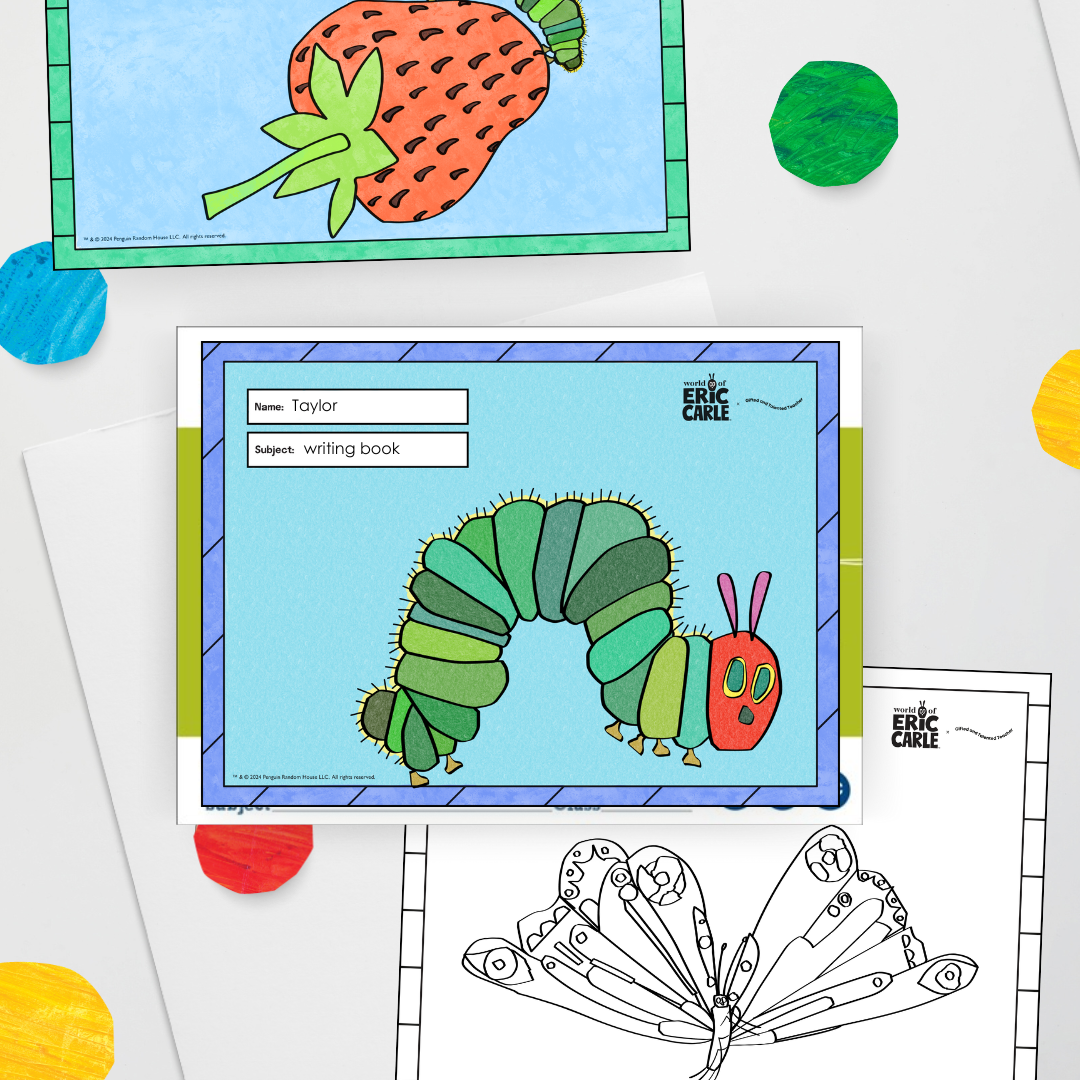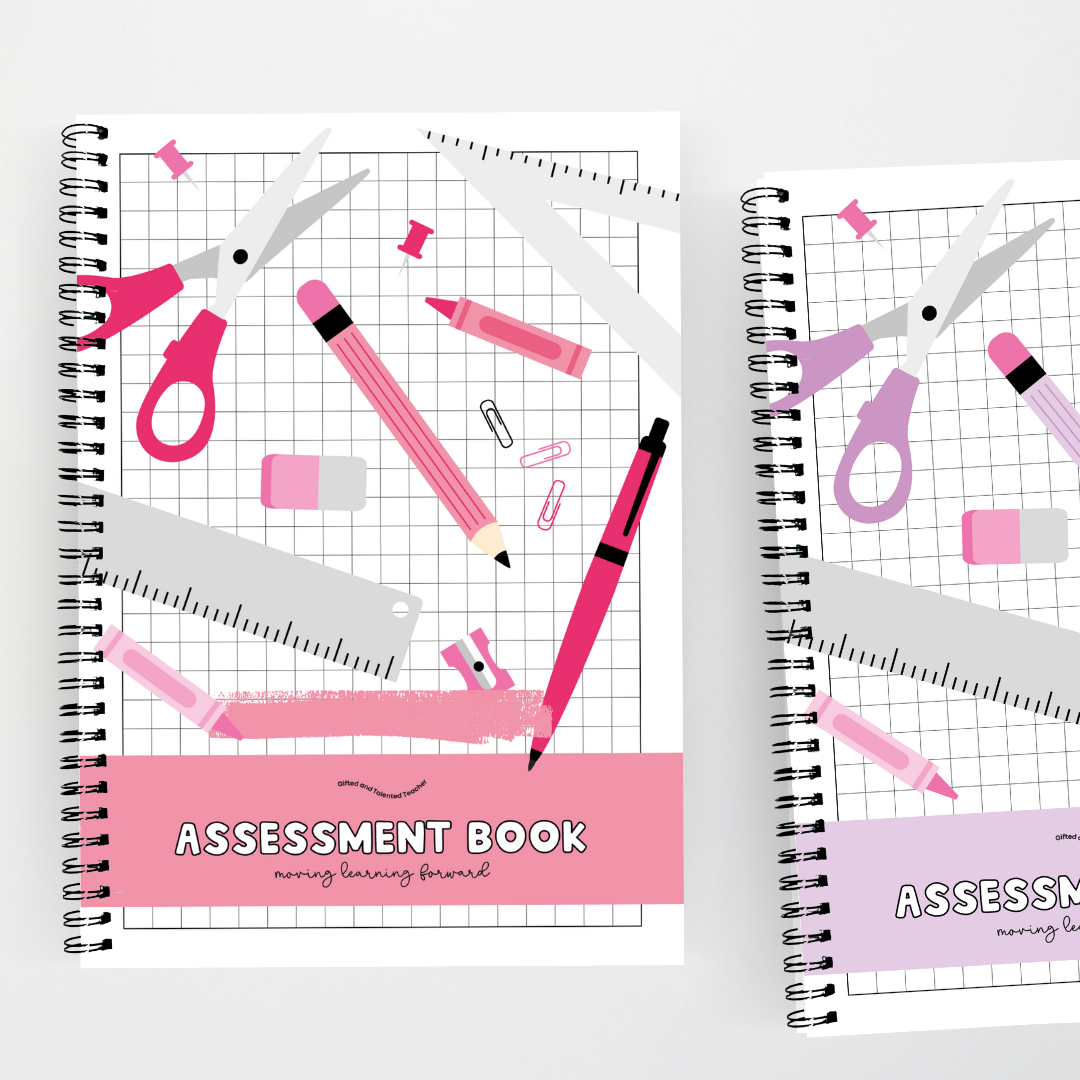Students can comprehend texts in a variety of ways. The Super 6 Strategies are about making meaning, asking questions, making connections, and thinking deeply. But how do we get young readers to really engage with what they read?
That’s where the Super 6 Strategies come in — and why our Super 6 Strategies Posters are designed to serve as the ultimate support as students are navigating a range of texts. They’re a teacher resource designed to give your students visible, actionable strategies for understanding what they read and across any subject.
If you're ready to level up your students’ comprehension and give your classroom walls some meaningful purpose, read on.

What are the Super 6 Strategies? The Super Six strategies are a set of key reading comprehension strategies widely used in Australian classrooms to help students become active, thoughtful readers. They are derived from research on effective reading instruction and align with the work of Harvey & Goudvis and Duke & Pearson. These strategies support students in making meaning from text and developing deeper understanding.
The Super Six Strategies:
-
Making Connections: Students connect the text to their own experiences (text-to-self), other texts (text-to-text), and the world around them (text-to-world).
How it helps: Builds engagement and personal relevance, helping students anchor new information to prior knowledge. -
Predicting: Students use clues from the text (titles, pictures, headings, prior knowledge) to anticipate what will happen next.
How it helps: Encourages active reading, critical thinking, and sets a purpose for reading. -
Questioning: Students ask questions before, during, and after reading to clarify meaning and explore deeper ideas.
How it helps: Promotes curiosity, helps identify confusion, and leads to a more analytical approach to reading. -
Monitoring: Students check their understanding as they read, noticing when the text doesn’t make sense and using strategies to fix it.
How it helps: Develops metacognition — awareness of their own thinking and builds independence in tackling challenging texts. -
Visualising
Students create mental images of characters, settings, or events based on textual descriptions.
How it helps: Enhances engagement, recall, and understanding, especially with descriptive or narrative texts. -
Summarising
Students identify and restate the main ideas or key events in their own words.
How it helps: Strengthens comprehension, supports retention, and helps distinguish important information from details.
Why the Super Six Work:
These strategies:
- Encourage active reading rather than passive decoding.
- Foster critical thinking and engagement with texts.
- Equip students with tools to independently navigate unfamiliar or complex texts.
- Are transferable skills across subject areas, supporting comprehension in history, science, and beyond.
Try the Super 6 Comprehension Strategies Bundle: 110+ Task Cards designed to be used with any text.

They’re often introduced through explicit teaching, modelled by the teacher, then gradually released to students through shared, guided, and independent practice.




Leave a comment
This site is protected by hCaptcha and the hCaptcha Privacy Policy and Terms of Service apply.